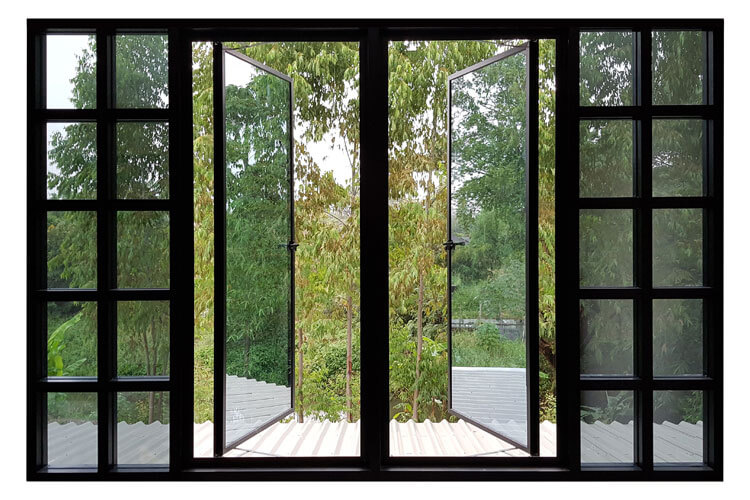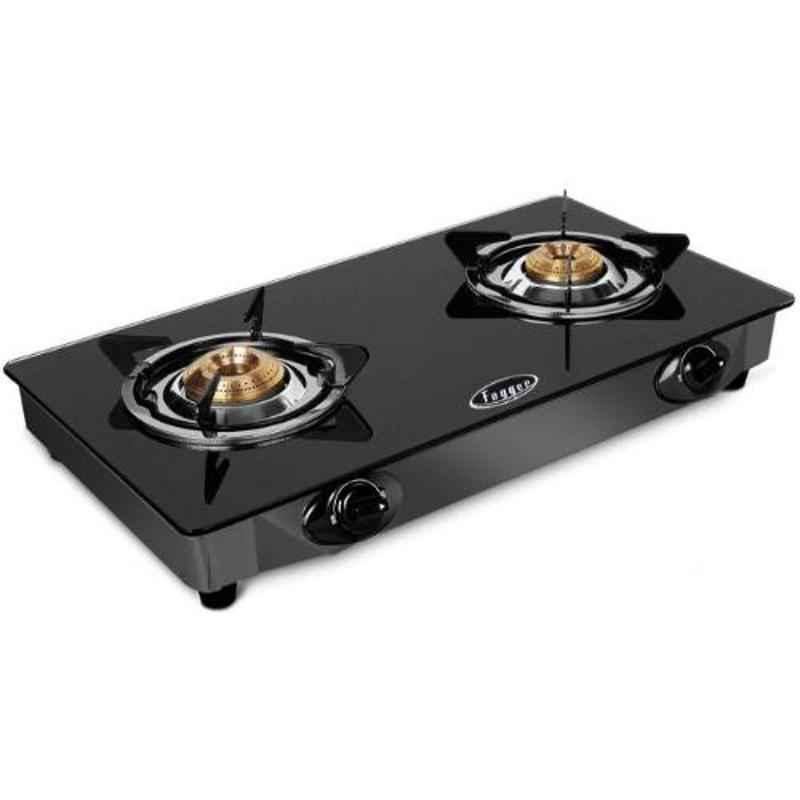Colors are very powerful. They affect our moods, emotions, and behaviors. Certain colors can even make us feel hungry or sleepy. Every hue has its unique meaning and feeling associated with it. Because of how colors affect us, it’s important to surround yourself with the right shades. When it comes to interior design, color psychology is a very important tool. It means the effect particular hues or shades has on our emotions, thoughts, and behaviors. Because of their power, colors can be very helpful when used correctly in interior design. The good pigments can make a space feel bigger, brighter, and more inviting. They can also help to create a certain mood or atmosphere in a room. Here are some pro designer tips on how to use color in your home’s interior design:
Know Your Colors
The world is full of color, and each hue uniquely affects us. When it comes to interior design, it’s important to be aware of the different meanings and associations of colors. Suppose red is often associated with energy, passion, and excitement. Blue is often seen as calming, relaxing, and serene. Yellow is connected with happiness and optimism. It’s important to know how every color affects you. Some colors might make you feel too energized in a space where you’re looking to relax, or some colors might make a room feel smaller than it is. Once you know your right shades, buy area rugs, curtains, and other furnishings in those colors to add a designer-inspired touch to your home.
Be Cohesive
Creating a cohesive and balanced look is important when adding color to your home. One way to do this is by using a color wheel. A color wheel helps to determine which colors go well together. For example, if you want a warm and inviting feel in your living room, you might use colors like red, orange, and yellow. If you want a calm and relaxing feel in your bedroom, you might use colors like blue, green, and purple. The color wheel also helps you determine which colors are complementary. Complementary colors are opposite each other on the color wheel and can help create a more dynamic look in your home.
Bring the Outdoors In
Bring some natural elements to give nature-inspired shades. Add a bouquet of brightly colored flowers to your kitchen table, or put some green plants in your living room. You can also hang a colorful piece of art or a set of colorful towels in your bathroom. Houseplants are also a good idea to add some fresh hues to your home. Some of the best plants for adding color are succulents, orchids, and lilies. In addition, hanging some outdoor curtains in your home can add a splash of color and bring the outdoors in.
Use Color to Show Your Personality
Your home reflects your inner personality, so don’t be afraid to use color to show who you are. If you love bright or bold colors, paint your walls boldly or hang brightly colored curtains. Use softer colors or neutral tones if you prefer a more subdued look. Moreover, The colors you use in your home can help set the mood for the space. For example, cool and calm colors like blue and green can create a calming effect, while warm hues like red and orange make a space feel cozier and inviting. The key is to use color to reflect your style.
Use Accents
Start small with accents if you’re not ready to commit to a full-on color makeover. Add a brightly colored vase to your living room or a colorful piece of art to your bedroom. Or even you can add some colorful rugs or throw pillows to your space. Adding accents is a great way to test new colors and see how they work in your home before making any big changes. You can also use color to add interest to a room by painting one wall a different color than the rest. If you’re feeling bold, try an accent ceiling! Accent pieces are the most fabulous way to bring color into a space without overpowering it.
Choose the Right Paint Finish
The paint finish you choose can also make a big difference in how a room looks and feels. A high-gloss or shiny finish will reflect light and make a small space feel brighter, while a matte or eggshell finish will help soften a room’s look. If you’re unsure which paint finish to choose, ask for samples from your local hardware store to see how the different finishes look in your space. Likewise, wallpaper can also add color and pattern to a room, but be sure to choose a design that complements your furniture and décor. The right wallpaper can make a big impact in any space.
Style It Up
color can also be used to add style to your home. For example, if you have a modern home, you might use black and white as your base colors, with a pop of color here and there. Or, if you have a more traditional home, you might use neutral colors like beige or tan, with splashes of color in your accessories. Either way, adding color is a great way to personalize your space and make it your own. It all depends on your styling. Sometimes you choose the best color for your home, which just doesn’t look right. Don’t be afraid to try something different if that’s the case. You may be stunned at how well it works.
Use the 60-30-10 Color Rule.
The most-famous color rule in the design world is 60-30-0. You should use a dominant color for 60 percent of the room, a secondary hue for 30 percent, and an accent shade for the remaining 0 percent. You can apply it to any space, including your living room, bedroom, or kitchen. Finding the right cohesiveness and balance between the colors to work well together is key. This rule is a great note if you’re unsure how to add color to your home.
Wrapping Up!
So, whether you want to add a pop of color or completely renovate the look and feel of your interior spaces, don’t be afraid to experiment with adding different colors. Just make sure you work with a professional who can help ensure that all the colors in your home are cohesive and balanced. And if you’re looking for some beautiful rugs to complete your home design aesthetic, we highly recommend checking out RugKnots. They have an amazing selection of high-quality rugs that will transform any room in your home.







